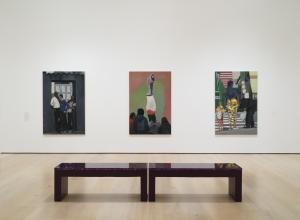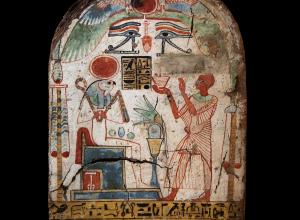In 1988, artist Lynn Hershman Leeson told an interviewer to “imagine a world in which there is a blurring between the soul and the chip.” That mental blur—and the ways in our internet lives, and…
Essay
This self-portrait, exhibited in Paris in 1895, came with a caption from an unnamed male art critic noting that “this woman” often had critics assume the work had been painted by a man, because no…
In the U.S. Capitol, amidst the statues of controversial politicians and military figures that protestors stormed past in January, stand several statues of quiet American heroes and heroines who are…
In the special collection of brittle works on paper at the Boston Athenaeum lies Paul Revere’s 1770 hand-colored engraving, The Bloody Massacre.
The July 2021 Focus for Reframed is American Heat
In…
At what point can an object become art? The opinion that the original "Star-Spangled Banner" is now a work of art is the tried and true view of this "Art & Object" columnist.
Dürer was only thirty or thirty-one when he completed the work. Dying at age fifty-six, he prolifically completed over 300 prints, 1000 delicate drawings, and 100 paintings for which twenty-first-…
Eagles and George Washington have for centuries been mainstream symbols of the United States, and the nation’s unique contributions to science, culture, and the stalwart pursuit of truth.
Before revolutionaries dumped tea in the Boston Harbor or fought Redcoats at Lexington and Concord, early Americans protested British imperialism via utilitarian earthenware bowls, jars, and pots…
Is science a form of art? This is the question that photographer Eadweard Muybridge grappled with in 1887, when he set up twenty-four trip wires to photograph a racehorse galloping with the help…
The Hudson River School painter Frederic Edwin Church, traveled from New York State to South America, via dangerous expeditions from April 1853 to September 1853, only to research and execute his…
It is an unfortunate fact of art history reporting that artists about whom little is known often stay that way, largely because a lack of juicy details about their lives often makes for dull articles.
It is fascinatingly unpredictable how some of the biggest brouhahas among cultural critics can be preserved for history, while others are so quickly lost to time.
In 1881, nearly a century after the United States defeated Great Britain in 1783, Massachusetts businessman Chester Chapin commissioned a statue to commemorate America’s centennial.
In the summer of 1930, Grant Wood, then age 39, was traveling through the rural town of Eldon, Iowa, searching for artistic inspiration. He spotted a white wooden house in a gothic style, quite at…


![DEl Kathryn Barton [Australian b. 1972] the more than human love , 2025 Acrylic on French linen 78 3/4 x 137 3/4 inches 200 x 350 cm Framed dimensions: 79 7/8 x 139 inches 203 x 353 cm](/sites/default/files/styles/category_card_187x139/public/ab15211bartonthe-more-human-lovelg.jpg?itok=LJbNuU6F)



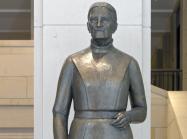
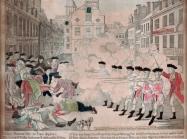
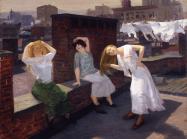
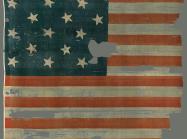

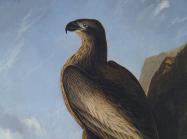

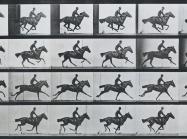

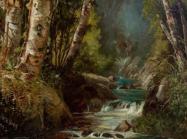
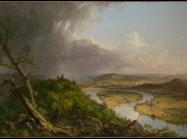
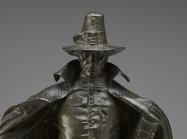
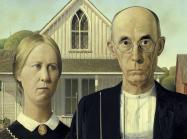






![Ginevra de’ Benci [obverse]. 1474/1478. Leonardo da Vinci. Oil on Panel. Ailsa Mellon Brue Fund, National Gallery of Art.](/sites/default/files/styles/image_5_column/public/ginevradebenciobverse196761a.jpg?itok=hIzdUTaK)

